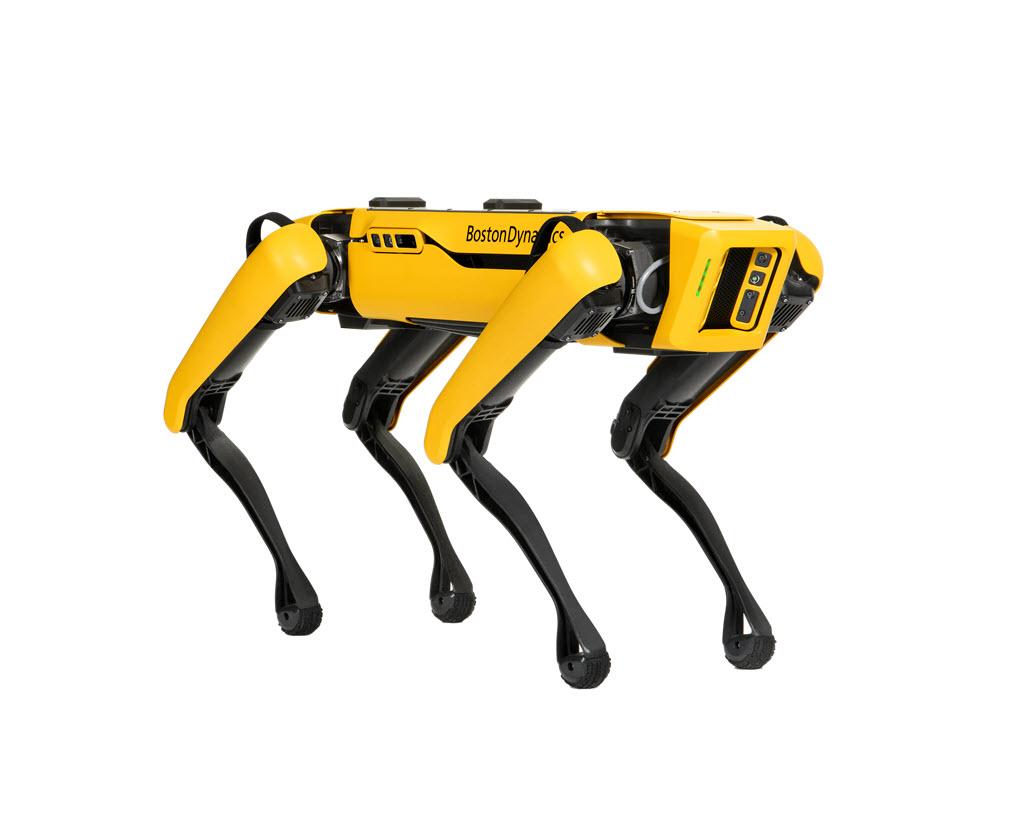
Phillip Brooks
Members-
Posts
914 -
Joined
-
Last visited
-
Days Won
53
Content Type
Profiles
Forums
Downloads
Gallery
Everything posted by Phillip Brooks
-
QUOTE (JasonXCX @ Jul 2 2008, 07:02 AM) My father was in the US Army in the early 60s and referred to the canvas topped Citroen as a "flying http://en.wikipedia.org/wiki/Shelter-half' rel='nofollow' target="_blank">shelter half". He was scared to death of these when driving around Paris.
-
FrontPanel Transparency...
Phillip Brooks replied to Norm Kirchner's topic in LabVIEW Feature Suggestions
QUOTE (Aristos Queue @ Jun 30 2008, 05:50 PM) Does NI have its own version of http://en.wikipedia.org/wiki/Google#Innovation_time_off' rel='nofollow' target="_blank">Innovation Time Off? -
state machine with queue
Phillip Brooks replied to MaRine's topic in Application Design & Architecture
I'm guessing that your mechanical action for the Print button is different than your other buttons and that you are using a "Value Change" event to trigger your print action. Until will generate two value change events; one for the down and one for the up... Example (7.0) Download File:post-949-1214824868.vi -
You could add a splitter and configure it as described in this post (w/link to NI), then place your ActiveX control inside the bottom pane.
-
There was a presentation at last year's NI Developer Day that demonstrated using the voice recognition capabilities of Windows Vista with LabVIEW. http://www.ni.com/swf/flv/labview/us/vista/vr/
-
QUOTE (Justin Goeres @ Jun 17 2008, 03:00 PM) I downloaded it this morning here at work ( 2008/06/18 06:15:00-4:00) and it was almost instantaneous. It installed quickly, and it seems much faster. It automatically updated my Google Toolbar and Sage reader. I'm impressed with it so far! :thumbup:
-
Annoying NI sales calls after visiting ni.com
Phillip Brooks replied to Michael Aivaliotis's topic in LAVA Lounge
I just recieved an NI email about training (Ugh!) and noticed the link at the bottom to update my profile. I decided to look at my profile a bit closer. I wonder of the communications settings might put an end to receiving these types of calls? I just change Phone to "No". -
Annoying NI sales calls after visiting ni.com
Phillip Brooks replied to Michael Aivaliotis's topic in LAVA Lounge
QUOTE (Jim Kring @ Jun 5 2008, 07:07 PM) Today Spoolie would need to be smart enough to ask, "Are you trying to code a Producer/Consumer with Event Structure and Queues?" -
Annoying NI sales calls after visiting ni.com
Phillip Brooks replied to Michael Aivaliotis's topic in LAVA Lounge
QUOTE (jgcode @ Jun 4 2008, 07:26 PM) NI is becoming The Borg. Resistance is futile. You shall be assimilated... http://lavag.org/old_files/monthly_06_2008/post-949-1212664927.gif' target="_blank"> (All your VIs is belong to us.) -
Application for reading multiple serial ports
Phillip Brooks replied to SharkM's topic in Application Design & Architecture
Its hard to suggest a strategy without knowing a bit more. A sample or picture of your code would help. Why are you initializing the interfaces after every read? Are the serial devices all the same type? Do the serial devices include some sort of termination character with each message? Maybe some of these links will help: The Effect of Asynchronous vs Synchronous VISA Write and Read Functions Reading a serial port based on events -
Confirmed. Using FF 2.0.0.14
-
QUOTE (tcplomp @ Jun 2 2008, 02:01 PM) I think he's actually living up to his Aussie heritage http://en.wikipedia.org/wiki/Australian_ru...sitions#Taggers "Their role is to shut down, follow, run with, mark and sometimes nag their chosen opponent."
-
Can you use a splitter bar? I think these were added in 8.0. You would set the lower pane to be a constant height and disable the vertical and horizontal scroll bars. http://zone.ni.com/devzone/cda/tut/p/id/3687
-
QUOTE (AnalogKid2DigitalMan @ May 28 2008, 05:10 PM) Great, now I can't get http://en.wikipedia.org/wiki/The_Homecoming_Queen%27s_Got_a_Gun' rel='nofollow' target="_blank">this song out of my head...
-
QUOTE (Michael_Aivaliotis @ May 27 2008, 05:24 AM) Will your next block diagram look anything like the map to her shop?
-
Thank Queue, Aristos! :thumbup:
-
Pick your niweek 2008 badge icon... NOT!
Phillip Brooks replied to Michael Aivaliotis's topic in NIWeek
QUOTE (xtaldaz @ May 21 2008, 05:46 PM) Great idea! http://lavag.org/old_files/monthly_05_2008/post-949-1211452235.jpg' target="_blank"> -
QUOTE (Michael_Aivaliotis @ May 21 2008, 10:54 PM) What's up with that operating voltage?! 20.0 V seems a bit high to me :laugh:
-
QUOTE (Aristos Queue @ May 9 2008, 10:47 AM) Added to the wiki; see http://wiki.lavag.org/LabVIEW_configuratio...xHelpDescLength
-
QUOTE (Jim Kring @ May 8 2008, 04:53 PM) http://forums.lavag.org/LabVOOP-Design-Patterns-v10-t3845.html&st=15&p=44623#entry44623' target="_blank">Maybe he's not working on the next version right now...
-
QUOTE (rejgina @ May 8 2008, 06:27 AM) I would start with the external links found on this Wiki page: http://wiki.lavag.org/LabVIEW' tutorial' rel='nofollow' title='LabVIEW Wiki article on LabVIEW tutorial' alt='Wiki article on LabVIEW tutorial' style="border-bottom: 1px dotted #3366BB; color: #3366BB; cursor:pointer; text-decoration:none;" class="wiki">LabVIEW tutorial
-
Parallel execution
Phillip Brooks replied to george seifert's topic in Development Environment (IDE)
You might want to try and attend one of the Developer Education Day events. I just attended the one in Boston yesterday and there were sessions (Multicore Systems and Improving Application Performance) that discussed parallelism and clumping. If the event has already happened in your area, contact your sales rep and ask for a copy of the bound materials. Mine has the following barcode info on the back: 351296D-01 Apr08. -
QUOTE (neB @ Apr 24 2008, 08:21 AM) http://forums.lavag.org/Transparent-Free-Text-on-Block-Diagram-t3866.html&st=15&p=18731#entry18731' target="_blank">Part of the work is done for you!
-
QUOTE (Jim Kring @ Apr 3 2007, 06:41 PM) Woo Hoo! Moved up to #31! http://www.tiobe.com/index.php/content/pap...tpci/index.html I've sent them an email asking them to change the case from LabView to LabVIEW.
